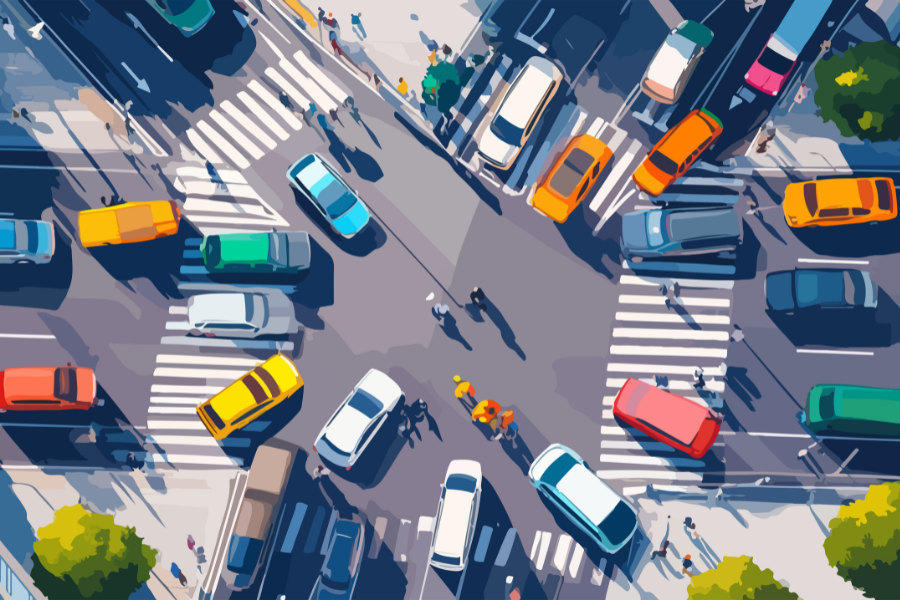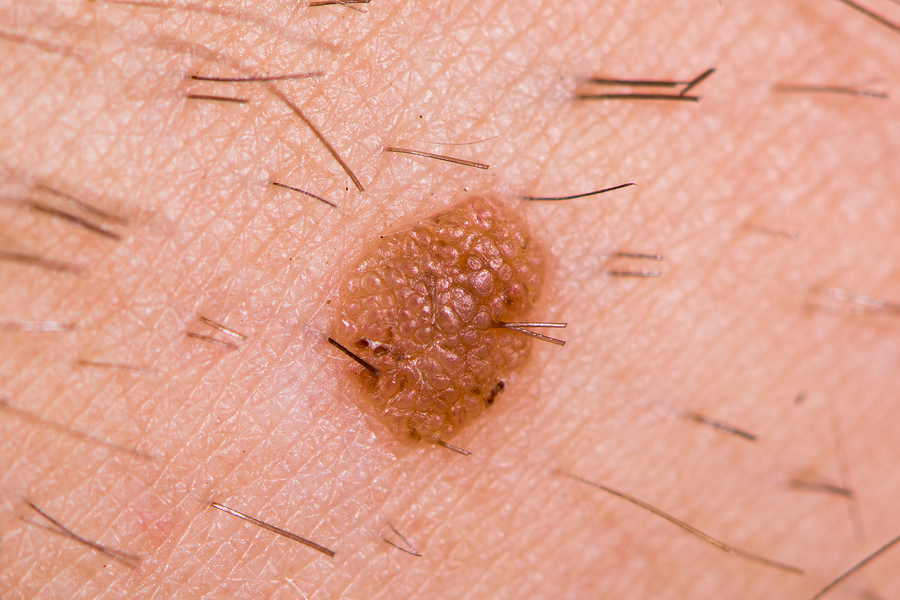Chicago chipmunks are evolving fast — and our food may be why, Field Museum says
The Brief
Scientists at Chicago’s Field Museum have observed that local chipmunks have evolved with larger bodies and smaller teeth over the past century.
The changes are linked to urban diets, with chipmunks consuming soft human food scraps like pizza and burgers instead of hard nuts and seeds.
Researchers say the findings highlight how human presence is driving rapid evolutionary changes in wildlife — even in city backyards.
CHICAGO - For more than a century, Chicago’s Field Museum has been collecting animal specimens.
Now, the Field’s collection of a Chicago-area rodent is showing just how fast animals can evolve to co-exist with humans.
What we know
When you think of evolution, you probably imagine it takes thousands — even millions — of years. But scientists at the Field Museum are seeing remarkable changes in one particular animal — one you probably have in your own backyard.
Among the Field’s collection of millions of preserved animals are hundreds of chipmunks from the Chicago area. Some are new, and some are more than a century old.
"So these are from 120 years ago and they look like they were alive yesterday," said Field Museum Research Scientist Stephanie Smith, as she held a large tray of chipmunk pelts and bones collected in the early 1900's.
That collection has given Smith and other researchers an opportunity to witness evolution in real time.
"This is really cool because we see that this is happening," said Smith. "Evolution is happening as we are watching and maybe not paying attention."
In a recently published research paper, Smith and her colleagues compared the skeletons, skulls and fur of chipmunks collected in the Chicago area a century apart.
"These chipmunks were collected in 1993 and these chipmunks were collected in 1906," Smith said, showing us two separate trays of chipmunks that both looked amazingly alive.
Using careful measurements and 3D imaging, the researchers made a striking discovery.
"We found that across the time period that we looked at, the animals are getting larger," said Smith. "But their tooth row, the length of the molars in the jaw, is getting shorter."
So: bigger bodies, smaller teeth.
Why? In urban environments, chipmunks are increasingly feasting on human food scraps — pizza crusts, sandwiches and burgers — instead of hard nuts and seeds that require strong jaws.
As for their growing body size?
"If you find a Twinkie on the ground and you're this big and the Twinkie is this big, you're going to get a lot of calories out of that and you're going to be a big, powerful chipmunk," said Smith. "But is it good for you? That's the question."
Probably not. Which is why Smith said we all need to consider the biological footprint we leave behind.
"The warning this sends is people are having an effect on animals at a biological level. Just by our presence," said Smith. "Everything that people do has an effect on how these animals live because they live in the same environment we do."
And if you’re wondering — yes, it’s happening to rats, too.
A recent study showed rats in New York City are also growing larger, with smaller teeth.













